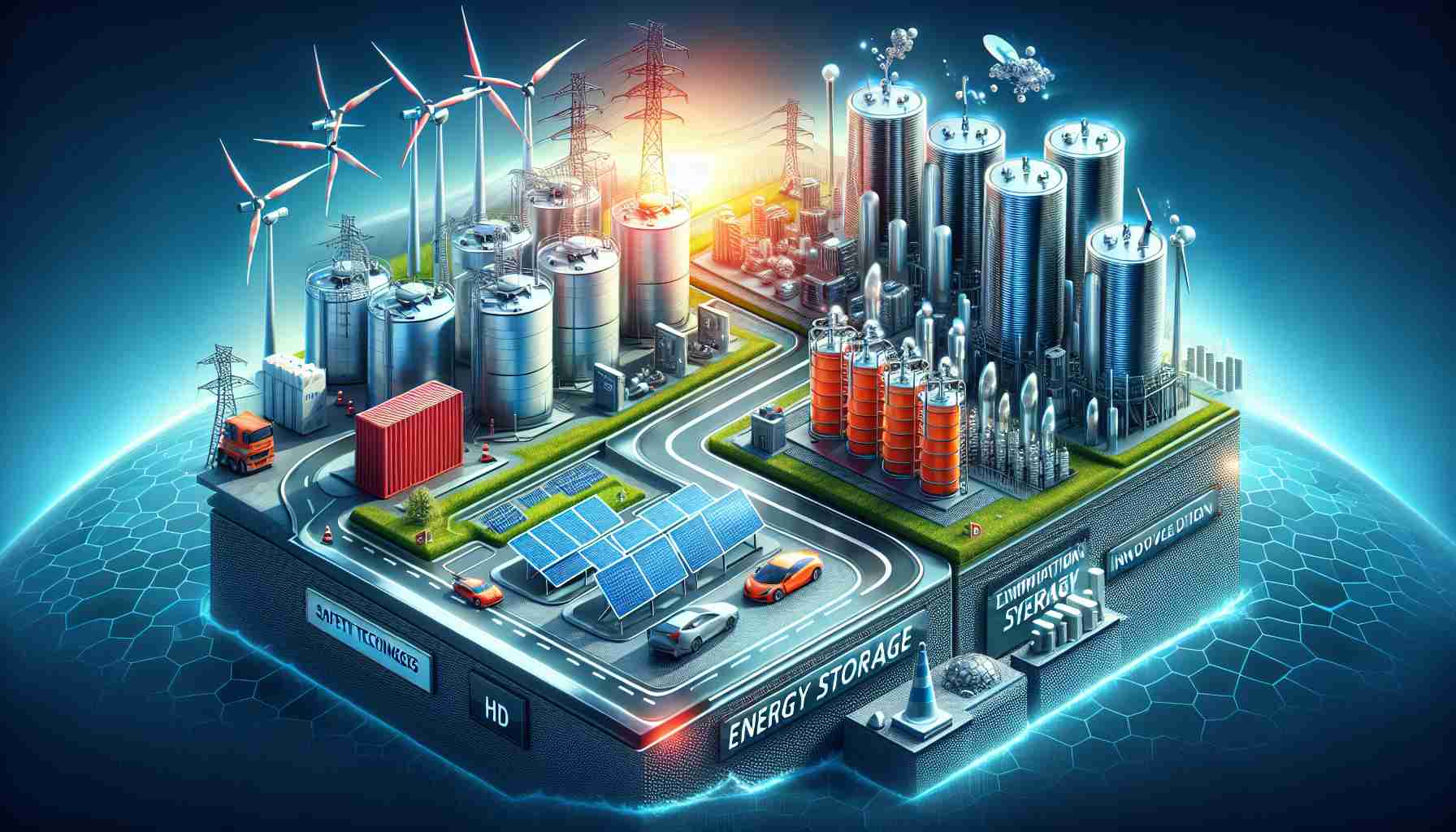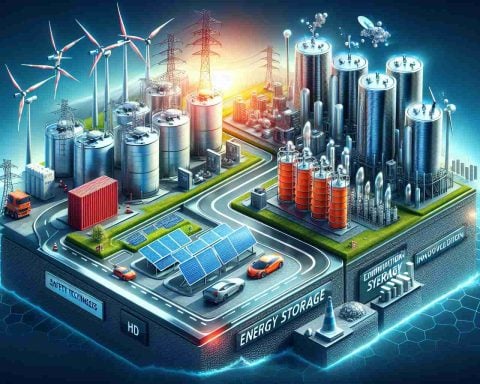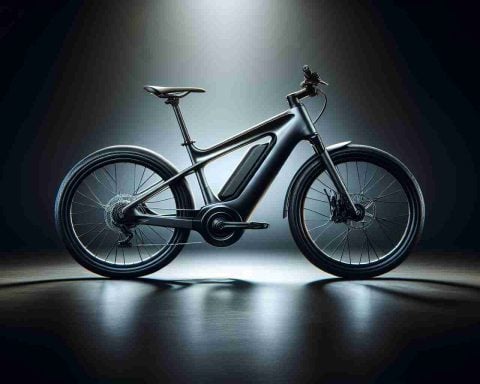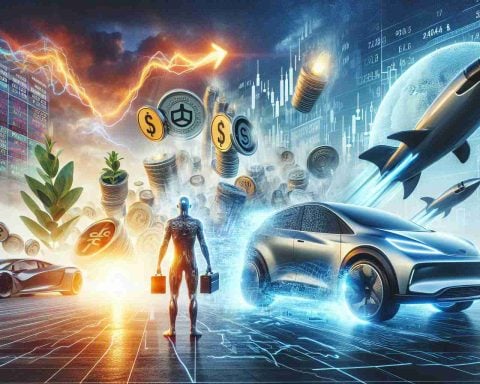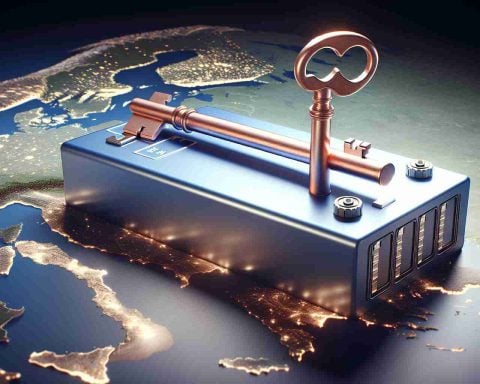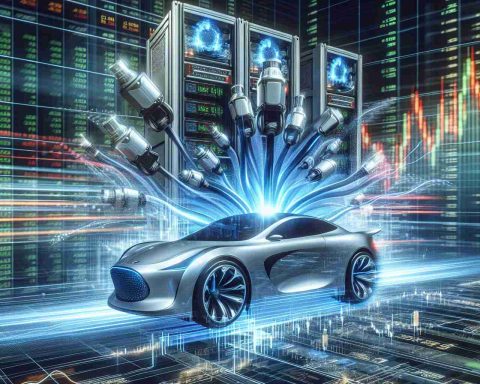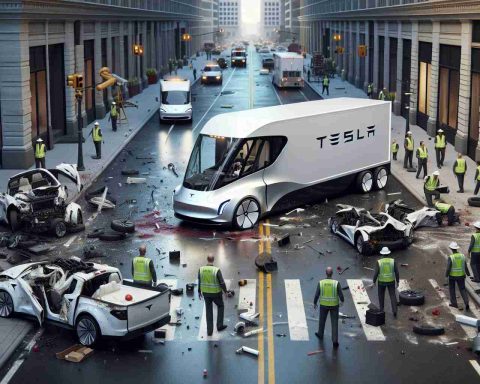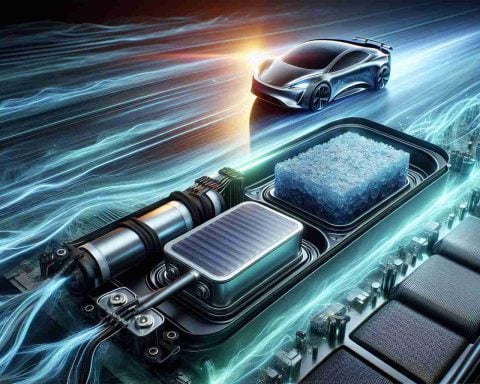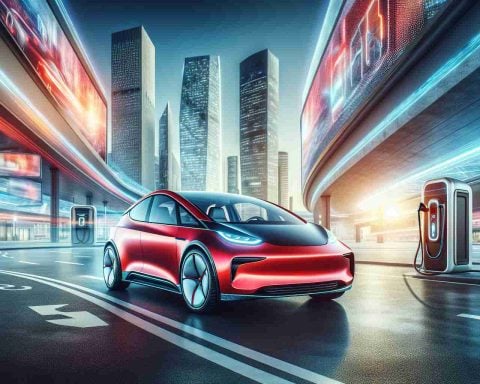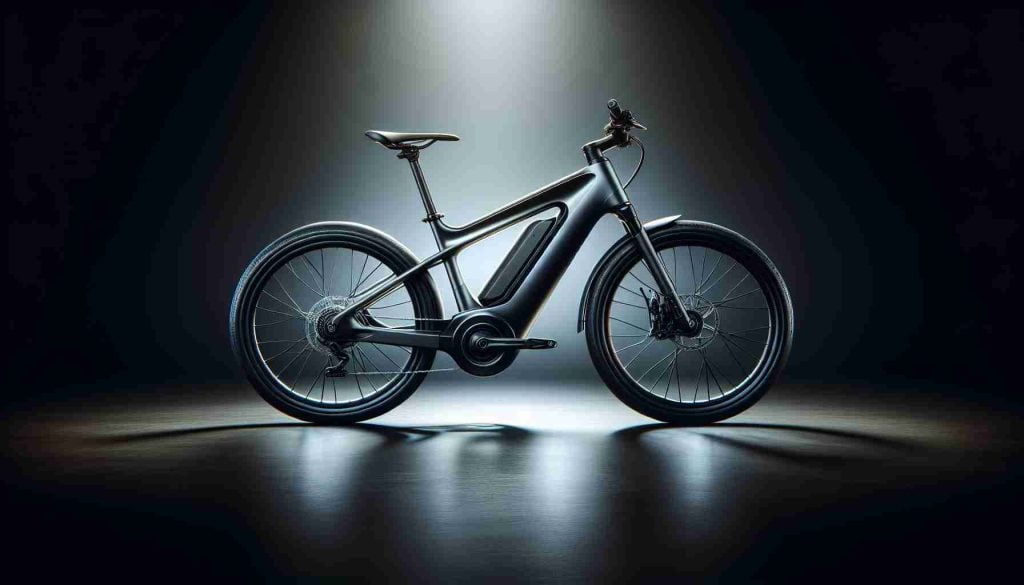- Wärtsilä Energy Storage and Optimisation is leading a global transformation in energy storage with its expansive 13GWh portfolio.
- The shift towards sustainability is driven by advancing lithium iron phosphate (LFP) technology, known for its affordability and safety.
- The company is diversifying its supply chain to reduce reliance on Chinese battery suppliers, aiming for a US-centric approach amidst geopolitical challenges.
- Wärtsilä’s Quantum2 product offers increased energy capacity per container, emphasizing the importance of thermal safety.
- Energy storage system costs have dropped by 40% in a year, fostering a sustainable future with efficient and safe energy solutions.
A quiet revolution is reshaping the global landscape, one megawatt-hour at a time. Wärtsilä Energy Storage and Optimisation, with its expansive 13GWh portfolio spread across continents—from the vast expanse of Texas to the bustling hubs of Belgium and the sunlit shores of the Caribbean—paints a vivid picture of the burgeoning energy storage frontier. This shift towards innovation and sustainability is powered by the ever-evolving lithium iron phosphate (LFP) technology, which has become the industry cornerstone due to its affordability and unparalleled safety.
Amidst this technological evolution, Wärtsilä embarks on an ambitious journey towards diversification, aiming to wean its dependence on Chinese suppliers for battery cells. In a world shadowed by geopolitical upheavals, and with the looming effects of policy changes such as Trump’s recent executive order, the company’s mission is to cement its position by nurturing a robust, US-centric supply chain.
The heart of the transformation lies in Wärtsilä’s Quantum2 product, poised to change the game with its increased energy capacity per container. It’s reminiscent of the early days of the megapixel race in cameras, where quantity battled with practical value. Yet, as battery cells swell in size, the onus of maintaining thermal safety becomes ever more critical, reflecting the company’s unyielding commitment to fire safety.
As turnkey energy storage system costs tumble 40% in just a year, the promise of a sustainable future thrives amidst falling prices and rising capacities. The challenge lies in navigating this landscape with safety and innovation at the forefront, crafting energy solutions that are both expansive and meticulously crafted to meet the world’s growing energy needs.
A Megawatt-Hour Revolution: How Global Energy Storage Is Transforming Our Future
Expanding on Wärtsilä’s Energy Innovations
The source article highlights Wärtsilä Energy Storage and Optimisation’s impressive 13GWh portfolio, indicating its robust presence in the global energy storage frontier. However, there are several additional facets and developments in the energy storage domain and Wärtsilä’s strategies that are noteworthy:
1. Sustainable Battery Chemistry Advances: Wärtsilä utilizes lithium iron phosphate (LFP) technology, renowned for its affordability and safety compared to other lithium-ion chemistries. LFP batteries are less prone to overheating and offer a longer lifecycle, making them ideal for large-scale deployments.
2. Global Market Dynamics: Aside from China, which remains the leading producer of battery components, emerging markets like India and Southeast Asia are enhancing their production capacities. This is partly due to geopolitical tensions, such as those indicated by policy changes and executive orders from leaders like Donald Trump.
3. Policy Influence and Deregulation: Recent policy developments in the United States aim to encourage domestic production of critical components, including those pertinent to renewable energy storage. Wärtsilä’s strategy of creating a US-centric supply chain aligns with these regulatory shifts potentially opening new avenues for tax incentives and government partnerships.
4. Safety Innovations in Battery Technology: Wärtsilä’s Quantum2 product stresses the importance of thermal safety, especially as battery cells increase in size and capacity. This involves advanced monitoring systems and materials that enhance thermal management to prevent overheating and fires.
5. Renewable Integration: Beyond mere storage, Wärtsilä’s systems are increasingly being integrated with renewable energy sources, such as solar and wind. This integration leverages AI and machine learning to optimize energy usage, enhance efficiency, and reduce waste.
Important Questions and Answers
Why is Wärtsilä reducing dependency on Chinese suppliers?
Reducing dependency on Chinese suppliers is largely driven by geopolitical tensions and the desire for supply chain security. Policies encouraging domestic production also play a crucial role.
What are the benefits of using LFP technology over other lithium-ion technologies?
LFP batteries provide enhanced safety, longer life, cost-effectiveness, and better thermal stability, making them ideal for large-scale energy storage applications.
How does Wärtsilä’s Quantum2 product differ from its predecessors?
Quantum2 features increased energy capacity per container, providing a more efficient storage solution. It incorporates advanced safety measures to ensure thermal stability with higher-capacity cells.
What impact could falling energy storage costs have on global energy consumption?
With falling costs, energy storage becomes more accessible, enabling more widespread adoption of renewable energy sources and potentially accelerating the transition to a sustainable energy future.
Suggested related links
– Wärtsilä
– U.S. Department of Energy
– International Energy Agency (IEA)
